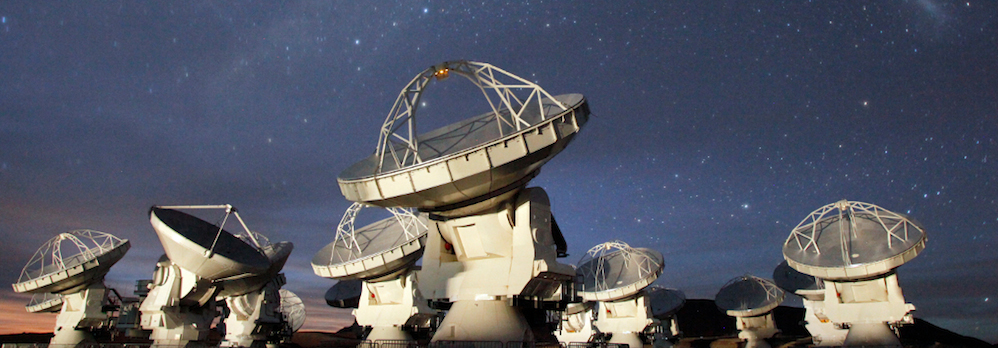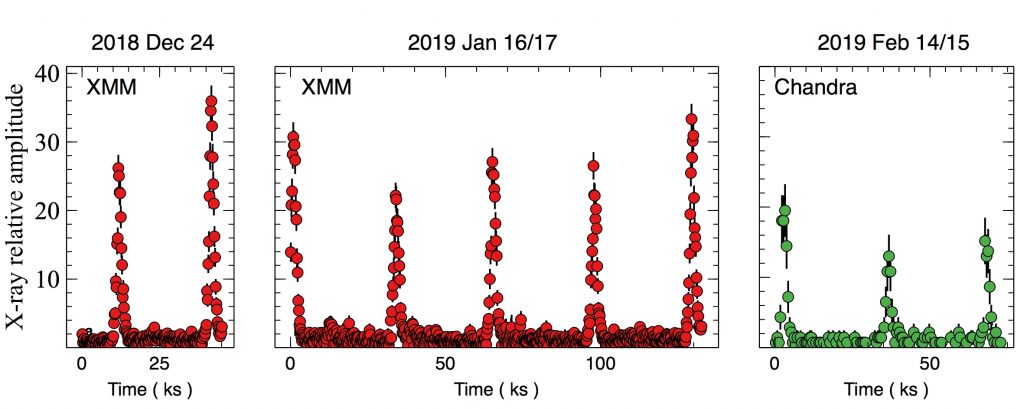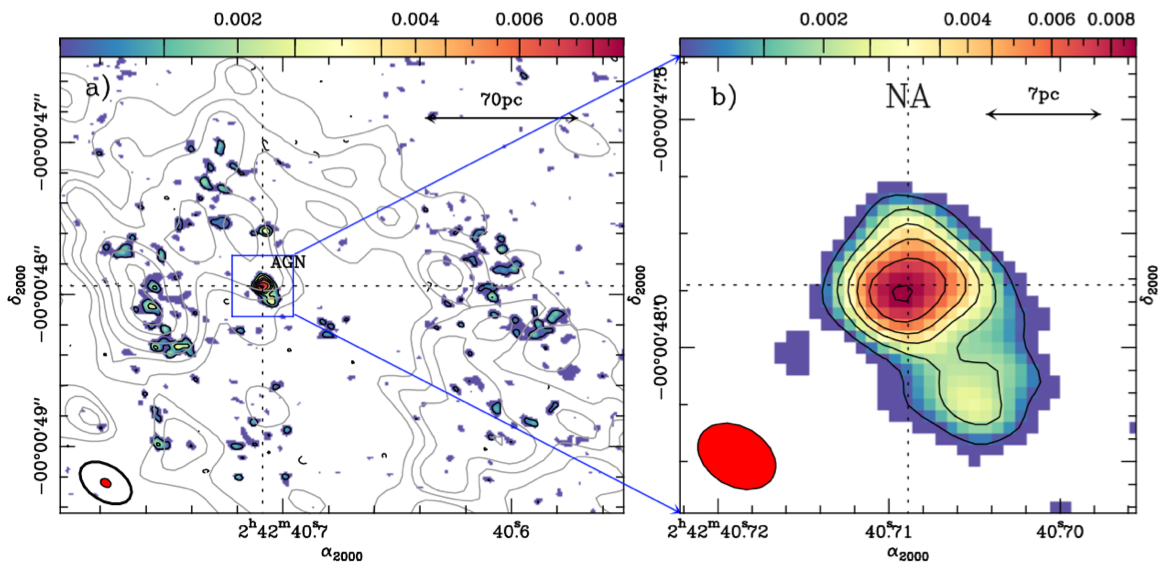The X-ray Integral Field Unit (X-IFU) is the cryogenic micro-calorimeter of the Athena space X-ray observatory, the second large mission of the Cosmic Vision Program of the European Space Agency, selected to explore the scientific theme “The Hot and Energetic Universe”. It is designed to 1) study the dynamical, physical and chemical properties of hot plasmas, as those found in clusters of galaxies, and 2) study black hole accretion disks, jets, outflows and winds from galactic stellar mass black holes to the super-massive ones found in active galactic nuclei. With its unprecedented capabilities, it is also the prime instrument for many Athena observatory science targets, such as planets, stars, supernovae, compact objects, interstellar medium among many other scientific topics.
X-IFU is a cryogenic imaging spectrometer, offering spatially-resolved high-spectral resolution X-ray spectroscopy over a 5 arc minute equivalent diameter field of view with spectral resolution of 2.5 eV up to 7 keV. The breadth of the science affordable with the X-IFU encompasses key scientific issues of the Hot and Energetic Universe science theme and beyond.
Continue reading →








